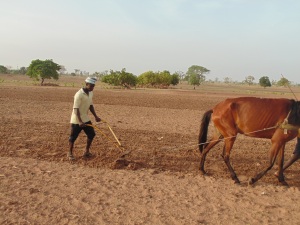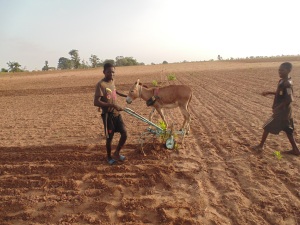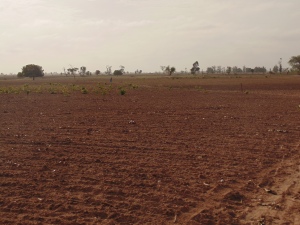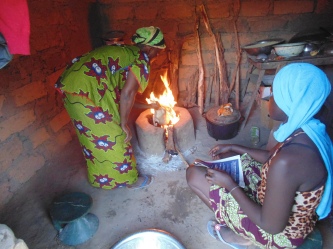We in Ndorong want to say JOKANJYAL MAYU (thank you so, so much) to all the friends and family in the States who helped make this latrine project possible. The community has completed 36 latrines thus far and more are currently under construction. Ndorong plans to be finished with all 63 latrines before the end of August. Again, for those of you who donated, we cannot thank you enough for your generous support. You have helped enable a positive, lasting impact for our community’s health for many years to come. Below are pictures of our progress. Thank you.
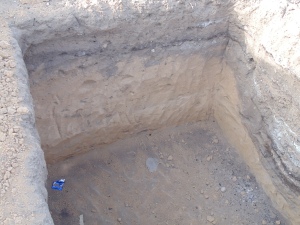
Each family has dug a 2.5m x 2.5m pit for the latrine in the back of their compounds. The width and depth is more than sufficient to contain waste and prevent overflow.

We kept the 504 sacks of cement locked in an unused room near the main thoroughfare. Each family will use eight sacks of cement for their latrine.
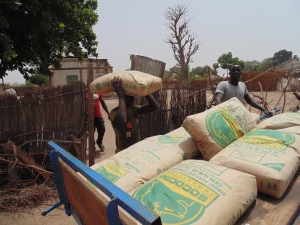
Ibu and Samba load sacks of cement onto a donkey cart to bring to our compound. These sacks are 50 kilos (110 lbs) each!

Gravel used to mix in with the cement to create a durable cover and base for the latrine. This pile is completely gone and we are now using gravel leftover from the new school construction. New latrines, new school, what’s next…running water?

Pipes used for moving the waste from the ‘seat’ to the pit. The 6m pipes are cut into three 2m pieces, each family receiving one piece.
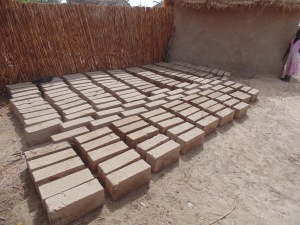
Each family received eight sacks of cement. Four of those sacks were used to make the bricks and the remaining four were used to cement the bricks together and make the top seal. Bricks are left to dry for two or three days before construction.

A few families wanted to build two separate rooms over the pits, one a bathroom and the other for showering.

Alaiji and Samba mixing cement with gravel to pour over the cover to make the seal. The metal wire was fastened together to form a grid over the sheet metal, serving as a solid base for the seal.

The seal is complete and being left to dry. A room with a seat will be built next door with the pipe running from the seat into the pit.

The finished product, a completed latrine and room. In the background are the separate rooms for showering and relieving oneself. The pipe runs underground into the pit.







